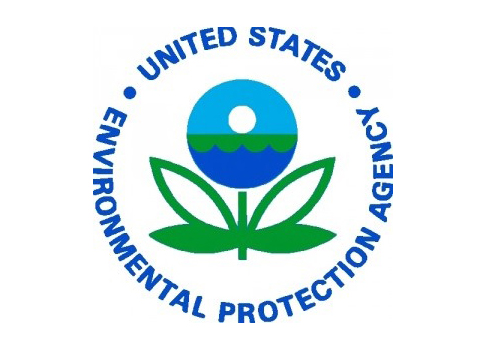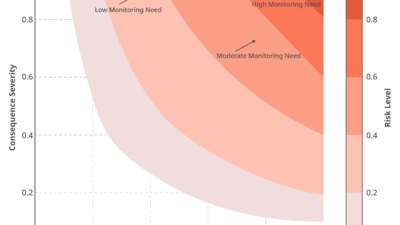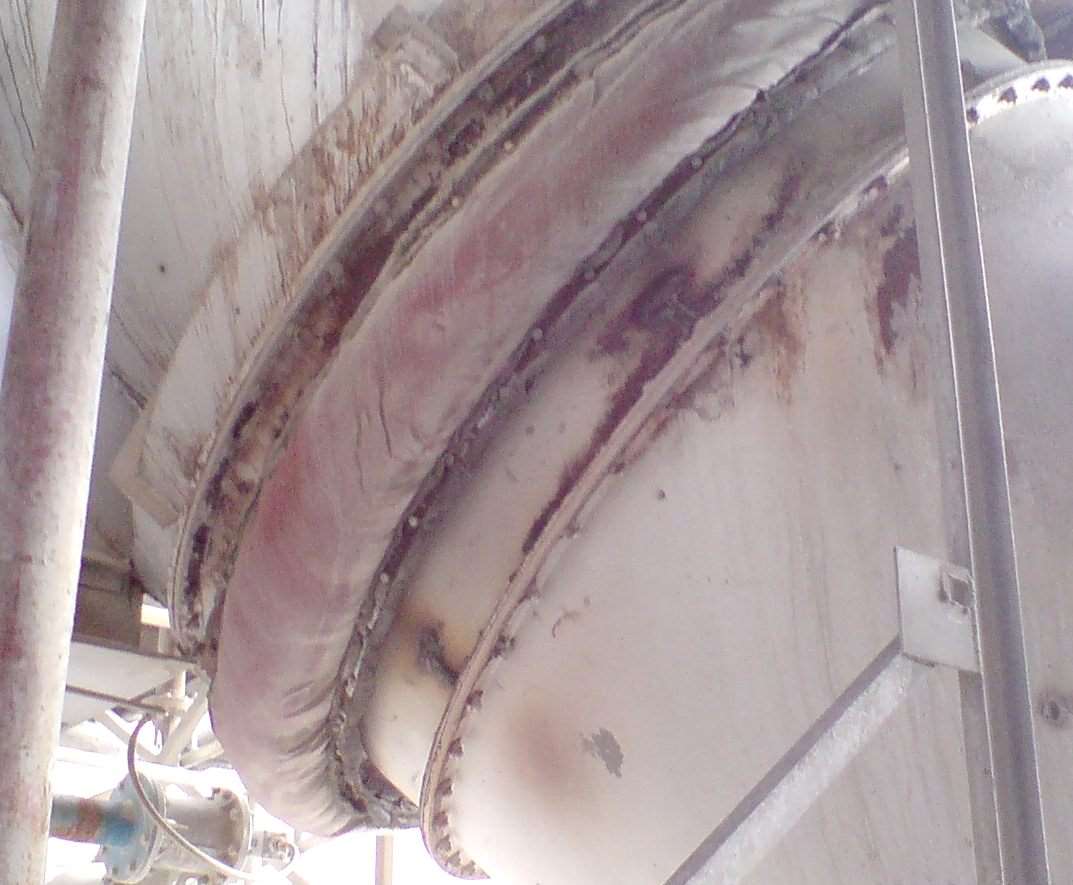Here are some ways to update your organization’s energy strategies using free or low-cost energy-saving resources.

Do you need to refresh – or build – an effective energy management program to support your organization’s overall Lean/continuous improvement initiatives? By doing so, the added benefits could include a reduced maintenance budget as you contribute to your organization’s sustainability performance. Another plus can be higher productivity resulting from people-friendly lighting and other modifications. Further, an organization can more readily sidestep the impact of fluctuating fuel costs and related risk factors.
Energy Star program resources
The U.S. Environmental Protection Agency’s Energy Star program resources can be a great place to get started. This voluntary program is designed to help businesses and individuals save money and protect the environment through improved energy efficiency. Here are some of the organization’s energy-saving tips:
- Identify gaps: Select an Energy Star matrix best suited to your organization. See your energy management measures up using a corporate energy program assessment matrix, or others focusing on a single plant or small company program.
- Eliminate the gaps using the energy management guidelines and tools offered through Energy Star.
- Build your energy team, encouraging performance gains that contribute to more effective energy management as your organization builds Lean experience. Cross-functional teaming, counsel from specialized experts, and a senior-level buy-in can help to ensure a successful program.
- Create site/organization-wide awareness and engagement. Your energy management program’s long-term success will depend on employee buy-in and executive support. Posters, employee newsletters, and recognition for facilities/work areas meeting specific goals can boost day-by-day attention to energy savings. As your program matures, look to the Energy Star site for additional resources that can move your program forward. Working with electric and gas utility representatives, regional energy efficiency alliances and other existing energy resources can help a company leverage its intiatives.
Simple, low-cost steps
“There are a number of simple, low-cost energy management steps that maintenance managers can do to save money and even create revenue,” according to Paul Sheldon, senior advisor for Natural Capitalism Solutions and co-author of Greening Corrections Technology Guidebook.
“HVAC is a huge expense in institutions and other large facilities,” Sheldon said. “Relatively simple steps resulting in a 10% to 15% cost improvement can save as much money as one person’s salary. In addition to wise lighting choices, Sheldon recommends looking at airflow in large common rooms. Efficient air circulation can yield a 30% to 40% savings in the annual HVAC tab.
Money on the Table
“There’s money on the table,” Sheldon said when asked about the return on investment (ROI) for green technology investment. As co-author of the report, Save $1000 Per Inmate: Seven Easy First Steps, he noted that many of the energy efficiency recommendations for prison institutions can also apply to industrial and other facilities. The ROI for investment in fluorescent lamps and fixtures, duct sealing, increased attic and wall insulation, water heater tank wraps, Energy Star programmable thermostats, and other improvements can range from 8% to 41%. “Traditional incandescent light bulbs burn money to produce a little light and a lot of heat," said Sheldon. "They are the least efficient form of lighting.”
HVAC-related steps suggested by Sheldon range from insulating walls, attics and floors to installing tankless “demand” water heater systems, variable air valve (VAV) and multi-zone heating and cooling systems, and replacement of uninsulated windows.
Your organization’s long-term Lean implementation success will rely on engagement throughout your enterprise – including multi-functional energy improvement strategies drawing support from maintenance and other areas. Rather than viewing lean as a series of problem-solving activities, develop a broader perspective. As your commitment to lean progress deepens, extend these initiatives with suppliers, customers, the community, and other stakeholders.
Additional resources:
American Council for an Energy-Efficient Economy offers programs and publications detailing energy efficiency policies, technologies and investments.
This independent online magazine is a corrections resource. It offers information and resources helping correctional officers to keep their facility a safe and controlled environment. The CorrectionsOne Network includes a video community site, CorrectionsVideo.com as well as the community-focused CorrectionsNation.com.
The National Lighting Bureau (NLB), a not-for-profit organization founded to educate decision makers about high-benefit lighting, has a guide to industrial lighting. The group’s “how to” lighting guide notes many benefits resulting from improved industrial lighting such as better productivity, enhanced safety and less equipment downtime. The report covers the basics for an industrial lighting system audit, how to develop an industrial lighting management guide and examples showing how to calculate savings and costs from recommended changes.
The U.S. Office of Energy Efficiency & Renewable Energy’s (EERE) network of researchers and other partners seek energy-saving, cost-efficient processes for manufacturing, homes and other applications.
Check the U.S. Green Building Council information about LEED (Leadership in Energy & Environmental Design) certification program that recognizes best-in-class green building strategies and practices. Operations and maintenance, building design and construction and other rating systems are offered.
Lea Tonkin is the president of Lea Tonkin Communications, Woodstock, IL. She is the former editor-in-chief of Target magazine and Target Online newsletter published by the Association for Manufacturing Excellence (AME). She has served as business editor for a chain of Chicago area daily newspapers and as an editor for Plant Engineering, PurchasingWorld and other publications.



